Venezuelan President Maduro will meet his Guyanese counterpart Ali to discuss growing tensions over the disputed Esequibo region.
The meeting between Venezuelan President Nicolas Maduro and his Guyanese counterpart Irfaan Ali will take place on December 14 in Saint Vincent and the Grenadines, an island nation in the Caribbean.
Saint Vincent and the Grenadines Prime Minister Ralph Gonsalves added that Brazilian President Luiz Inacio Lula da Silva was also invited to the meeting at the request of both Venezuela and Guyana.
“The urgent need now is to de-escalate the conflict and establish appropriate direct dialogue. Both Venezuela and Guyana share this view in their efforts to live peacefully , comply with and respect international law and avoid the use or threat of force,” Mr. Gonsalves added.
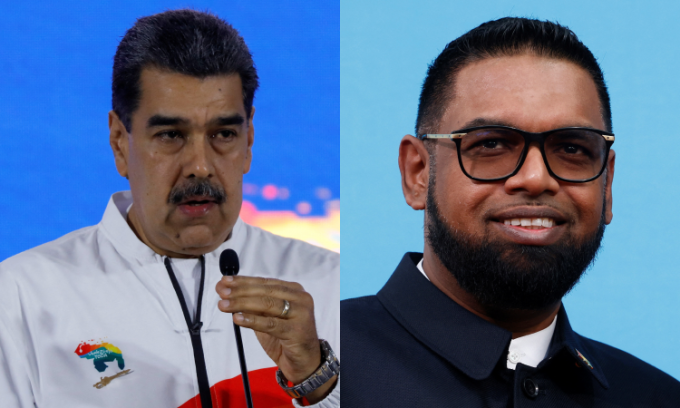
Venezuelan President Nicolas Maduro (left) and his Guyanese counterpart Irfaan Ali. Photo: Reuters
Venezuela-Guyana tensions escalated when President Maduro's government held a referendum last weekend, in which 95% of voters supported that the disputed Esequibo region, which is controlled by Guyana, belongs to Venezuela.
The US, UK, Russia and South American countries have called on Venezuela and Guyana to reduce tensions and move towards a peaceful solution. The tension over the Esequibo region was also brought up at the UN Security Council meeting on December 8 and is the subject of litigation before the International Court of Justice (ICJ).
Venezuelan and Guyana leaders expressed opposing views on the meeting with their opponents. Mr. Maduro announced the meeting on X, saying that he would "defend Venezuela's historic rights." President Ali, meanwhile, said that Guyana remained committed to resolving the dispute through the ICJ rather than sitting down with Mr. Maduro.
“I am sure that the dispute will be brought before the ICJ and not for negotiations. That will not change,” Mr. Ali said.
Venezuelan Foreign Minister Yvan Gil said direct talks would be useful and stressed that disputes could only be resolved through dialogue, mutual respect and a commitment to maintaining a peaceful, non-interference zone.
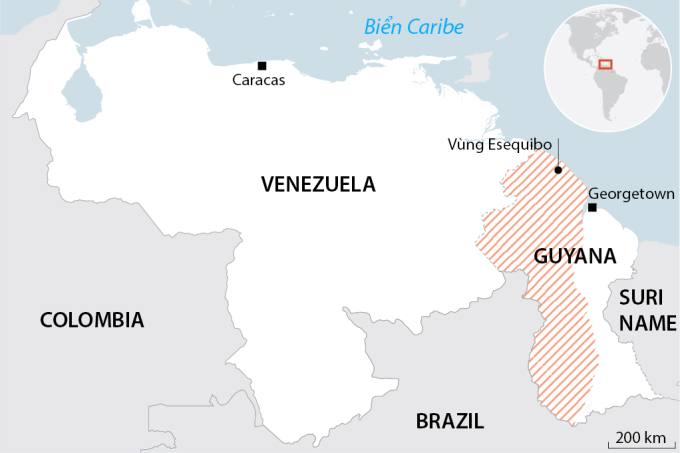
Location of the Esequibo region. Graphic: AFP
The territorial dispute over the Esequibo dates back to colonial times. In 1811, when Venezuela declared independence, it believed the area was part of its territory. Despite these claims, Britain, which occupied the territory that is now Guyana, placed the area under its rule.
The dispute continued to heat up in 1966, when Guyana gained independence. The Geneva Agreement signed by Britain, Venezuela and British Guiana called for a peaceful resolution of the dispute through dialogue, but Guyana wanted to resolve it through the ICJ. Tensions have increased since the US corporation ExxonMobil discovered oil in Esequibo in 2015.
Guyana has administered Esequibo for more than a decade. The country of 800,000 people would lose more than half its territory and more than 200,000 residents if Esequibo were to belong to Venezuela.
Ngoc Anh (According to AFP )
Source link







![[Photo] Dan Mountain Ginseng, a precious gift from nature to Kinh Bac land](/_next/image?url=https%3A%2F%2Fvphoto.vietnam.vn%2Fthumb%2F1200x675%2Fvietnam%2Fresource%2FIMAGE%2F2025%2F11%2F30%2F1764493588163_ndo_br_anh-longform-jpg.webp&w=3840&q=75)
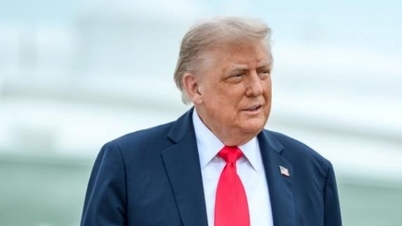



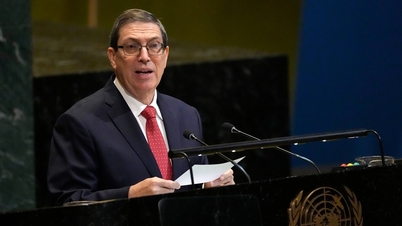




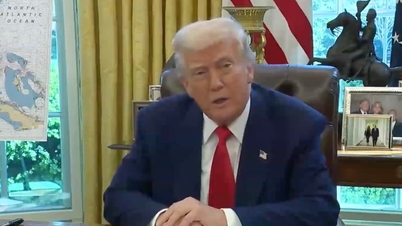
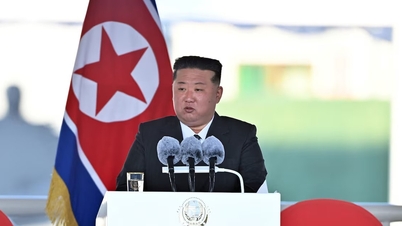














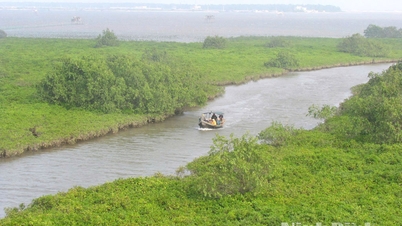

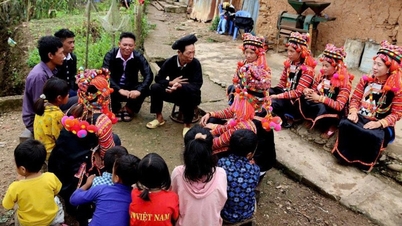

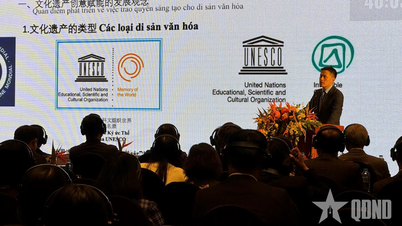

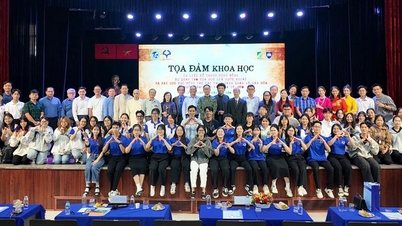

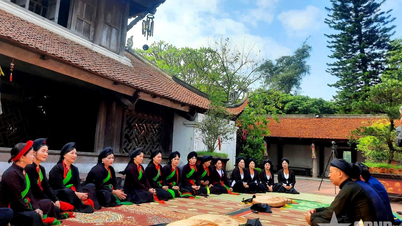







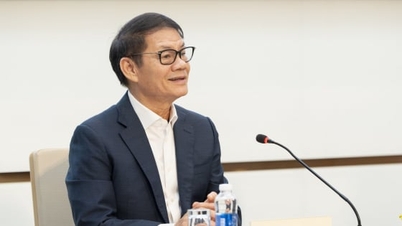

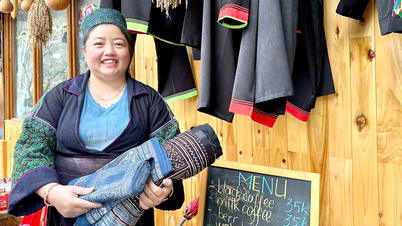




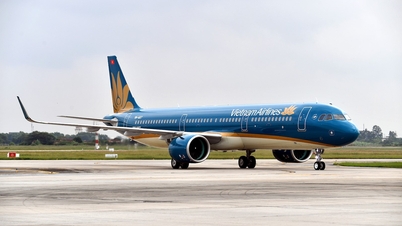









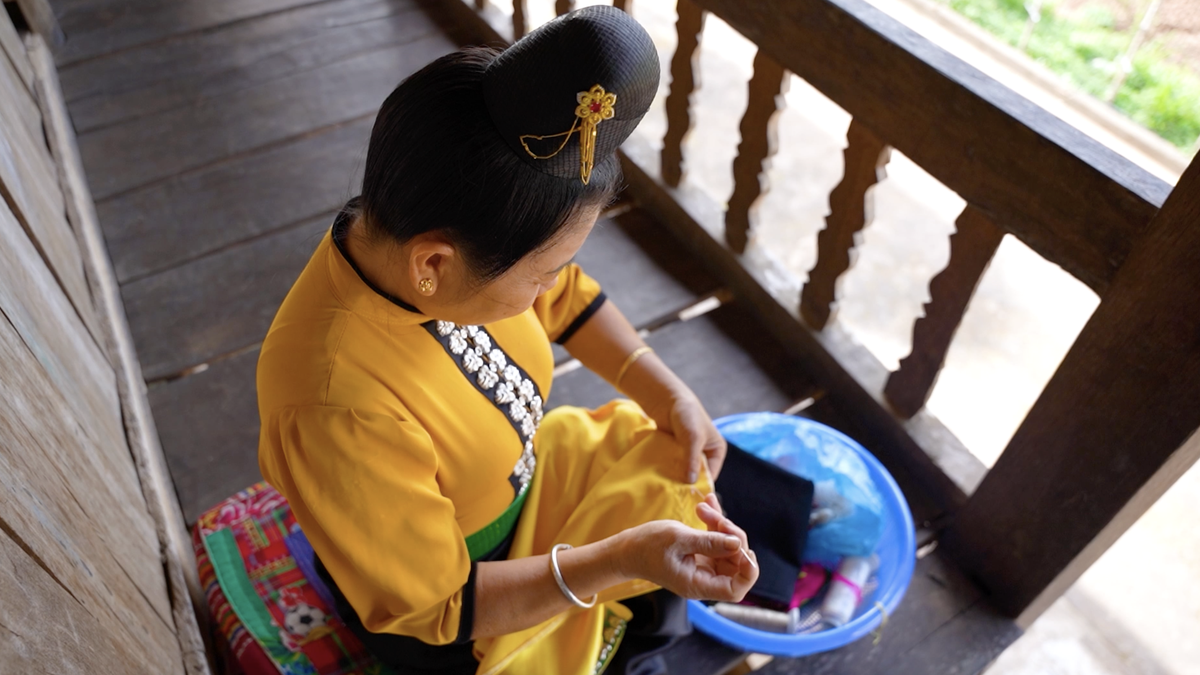

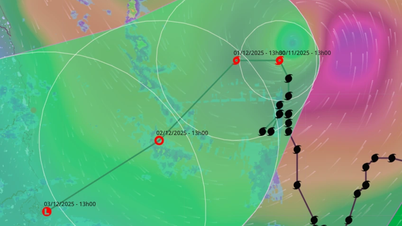


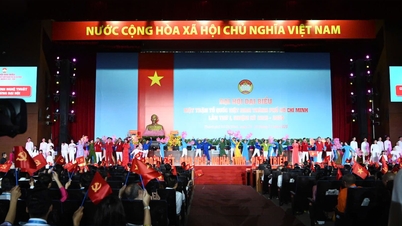

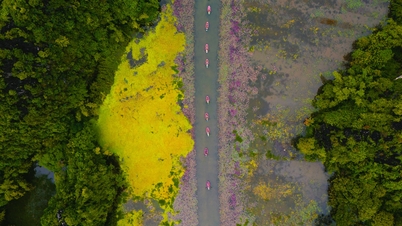





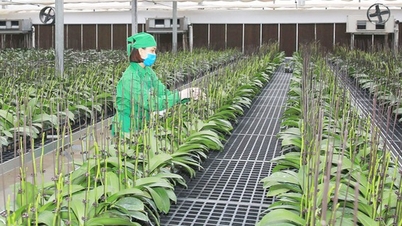









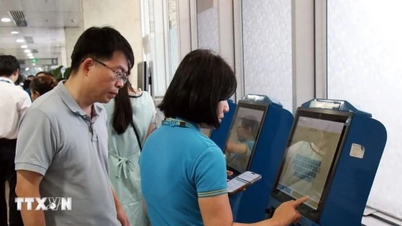





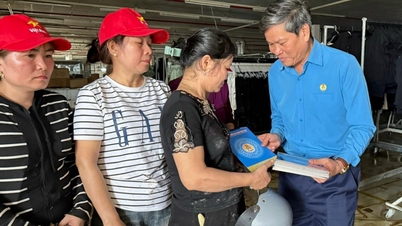












Comment (0)